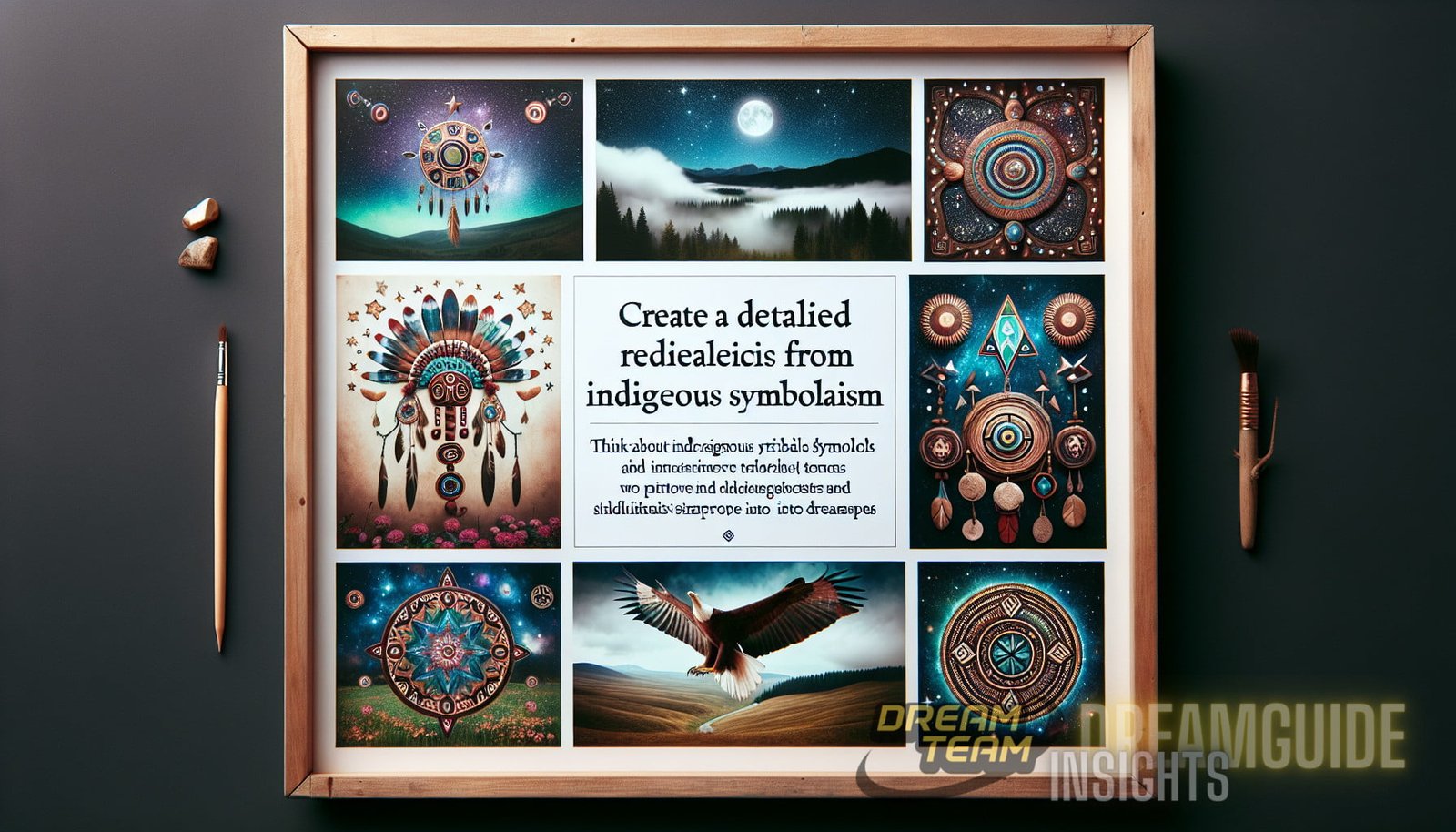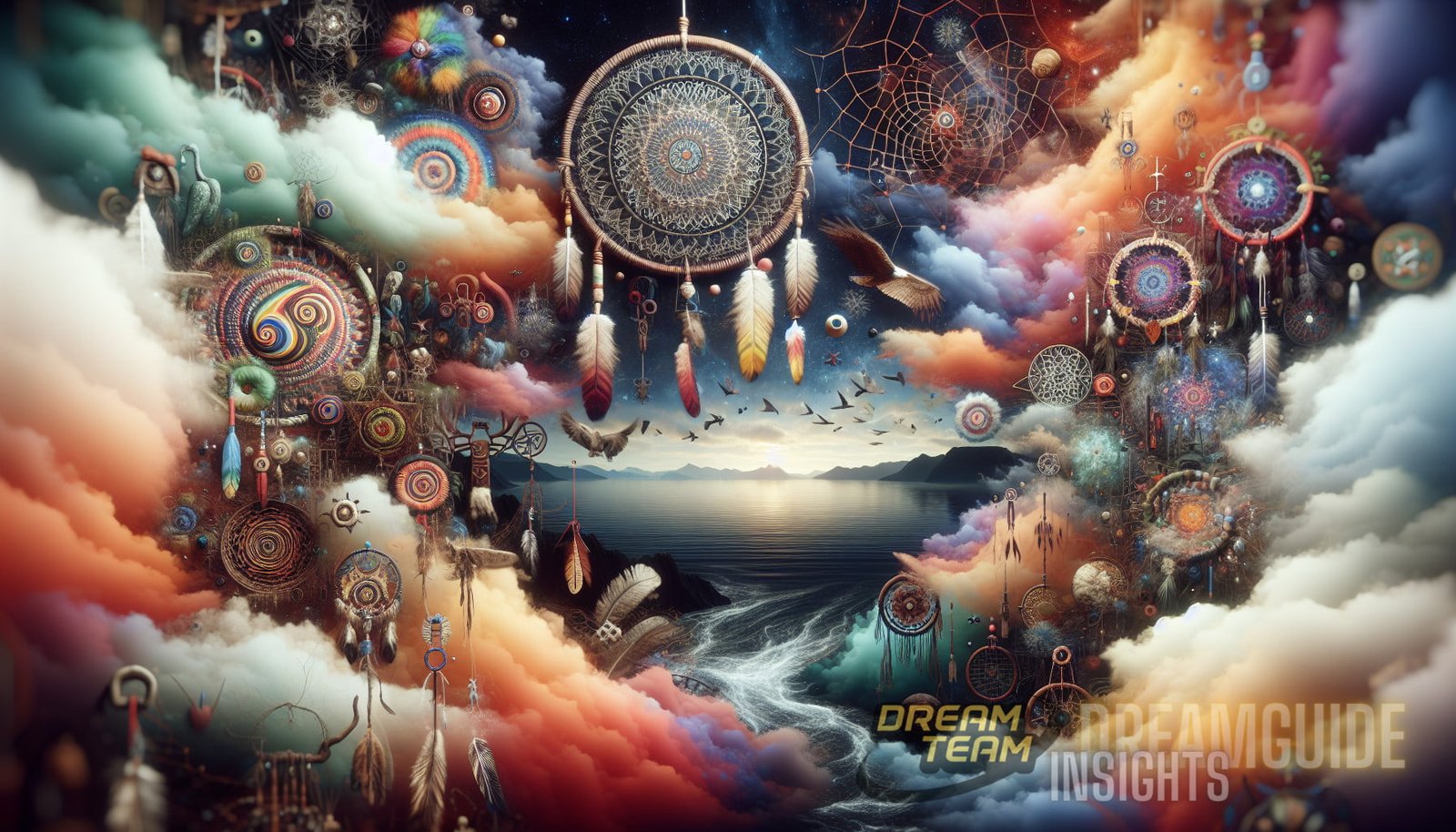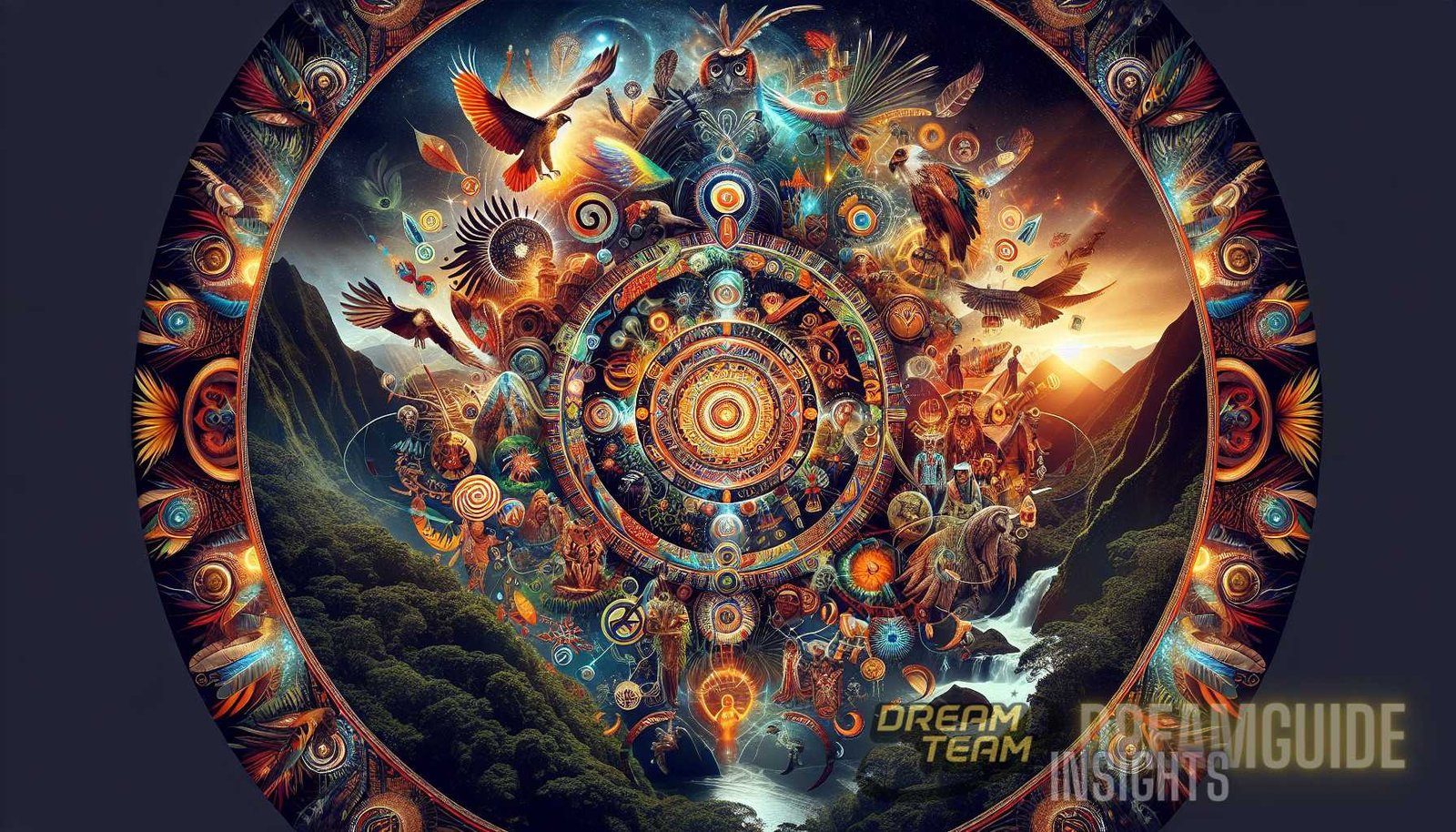The Interplay of Dreams and Cultural Identity: Unveiling the Uncharted Landscape of Indigenous Symbolism
Dreams have long been considered a gateway to the subconscious, revealing insights and messages that can guide us in our waking lives. For indigenous cultures around the world, dreams hold a special significance that goes beyond personal interpretation. These dreaming traditions are deeply intertwined with cultural identity, connecting individuals to their ancestral heritage and providing a spiritual framework for understanding the world. By exploring the indigenous symbolism within dreams, we can gain a greater understanding of the rich tapestry of human experience and the diverse ways in which culture shapes our perception of the dream realm.
Indigenous Dreaming Traditions: A Window into the Soul
Indigenous cultures have a profound appreciation for the power of dreams. In many indigenous communities, dreams are seen as a direct line of communication with the spirit world, ancestors, and the divine. They are regarded as a valuable source of knowledge and wisdom, providing guidance, healing, and inspiration. Within these cultures, dreams are not just random occurrences but are believed to have profound significance and purpose.
Indigenous dreaming traditions often include practices such as dream incubation, where individuals actively seek dreams to gain insight into specific questions or concerns. These dreams are seen as messages or teachings from the spirits, and dreamers play an active role in decoding their symbolism and meaning. This process is deeply rooted in cultural beliefs, rituals, and ceremonies, which provide a framework for interpreting and integrating the messages received through dreams.
For example, the Aboriginal peoples of Australia have a rich tradition of dreamtime, which is the foundation of their spiritual beliefs and cultural identity. Dreamtime refers to both a specific period of creation and the ongoing connection between past, present, and future. In the Dreamtime, ancestral beings traveled across the land, shaping its physical features and leaving behind the spiritual essence of their journeys. Dreaming is seen as a way to access this spiritual realm and connect with the ancestors, gaining wisdom and guidance for navigating life’s challenges.
Similarly, many Native American tribes hold dream circles, where community members gather to share and interpret their dreams. In these circles, dreams are seen as messages from the spirits and are collectively analyzed to uncover hidden meanings and insights. Dream symbols and motifs often have cultural significance, reflecting the tribe’s mythology, folklore, and ancestral heritage.
Unlocking Indigenous Symbolism in Dreams
Symbols play a central role in indigenous cultures, serving as a bridge between the physical and spiritual realms. Indigenous symbolism is deeply rooted in the land, nature, animals, and ancestral traditions. When these symbols appear in dreams, they are believed to carry messages and teachings that can guide the dreamer in their waking life.
Understanding and interpreting indigenous symbolism requires a deep appreciation for the specific cultural context and mythology. Symbols such as the eagle, bear, snake, or thunderbird may have different meanings and associations depending on the indigenous culture in question. For example, the eagle is often revered as a powerful and sacred symbol in many Native American tribes, representing wisdom, spiritual vision, and connection to the divine. In contrast, the eagle may hold different symbolism and associations within the context of Aboriginal dreaming traditions.
It is important to approach the interpretation of indigenous symbolism with cultural sensitivity and respect, recognizing that these symbols carry complex layers of meaning that are deeply rooted in specific traditions and belief systems. Indigenous elders and cultural experts are invaluable resources in decoding these symbols and understanding their significance in the dream realm.
The Impact of Cultural Identity on Dream Symbolism
Just as cultural identity shapes our waking lives, it also influences the way we perceive and interpret our dreams. Our cultural background, beliefs, and experiences inform our understanding of the dream realm and the significance we attribute to dream symbols.
For indigenous populations, dream symbolism is deeply entwined with cultural identity, reflecting the collective wisdom, stories, and traditions that have been passed down through generations. Indigenous dreamers often experience dreams that feature symbols and motifs that are specific to their cultural heritage, embodying the unique narratives and spiritual teachings of their communities.

Moreover, cultural identity shapes the way individuals relate to their dreams and the spiritual realm. Indigenous cultures often view dreams as a shared experience and encourage communal interpretation and reflection. Dreamers may seek guidance from tribal elders, participate in ceremonies, or engage in storytelling to gain a deeper understanding of their dreams and their place within the larger cultural tapestry.
Preserving Indigenous Dreaming Traditions in a Changing World
Indigenous dreaming traditions are not immune to the pressures of modern life. Rapid urbanization, globalization, and the erosion of traditional cultures pose significant challenges to the preservation and transmission of indigenous knowledge and practices.
However, many indigenous communities are actively working to maintain and revitalize their dreaming traditions, recognizing the importance of these practices in cultural preservation and identity. Efforts are being made to document and record indigenous dream symbolism, ensure the passing down of teachings to future generations, and create spaces where individuals can come together to share their dreams and deepen their understanding of their cultural heritage.
Furthermore, the recognition and validation of indigenous dreaming traditions by the wider world can play a vital role in supporting the preservation of these practices. By appreciating and honoring the cultural significance of indigenous dreams and symbolism, we can contribute to the empowerment and resilience of indigenous communities.
Conclusion
The interplay of dreams and cultural identity is a fascinating area of exploration that sheds light on the diversity of human experience and the ways in which culture shapes our perception of the dream realm. Indigenous dreaming traditions provide a unique window into the soul, offering insights and guidance from the spirit world. By unlocking the symbolism embedded in these dreams, we can gain a deeper understanding of the rich tapestry of indigenous cultures and the profound wisdom they hold.
As we navigate an increasingly interconnected world, it is crucial to respect and honor indigenous dreaming traditions, recognizing their cultural significance and the importance of preserving these practices for future generations. By fostering cross-cultural understanding and appreciation, we can create a more inclusive and harmonious world that values and celebrates the diverse ways in which we perceive and interpret the realm of dreams.
Internal Links
For more information on indigenous symbolism in dreams, you can read our articles on:
External Link
For further reading on indigenous dreaming traditions, you can visit https://en.wikipedia.org/wiki/Dreamtime.



